Synopsis: Instrumentation, automation, telecommunications, and electrical equipment with type of protection Ex “t”, combined or not with other types of “Ex” protection, are suitable for installation in hazardous areas with the presence of combustible dusts Zone 20, Zone 21, or Zone 22, depending on the EPL provided by the “Ex” certified equipment.
“Ex” instrumentation, automation, telecommunications, or electrical equipment with type of protection Ex “t” (Equipment dust ignition protection by enclosure “t”), such as local control buttons, electrical or automation panels, luminaires, junction boxes, sensors, transmitters, and positioners instruments, electrical motors, power outlets, Wi-Fi routers, and optical switches, are installed in hazardous areas containing combustible dust.
The application of equipment with type of protection Ex “t” is required in installations that have classified areas due to the risk of the presence of explosive atmospheres of combustible dust (Group III) Zone 20, Zone 21, or Zone 22, present in the form of cloud or layer.
Some examples of classified areas in Group III:
- Grain, meal, and fertilizer storage silos in port terminals
- Oil refineries with the presence of petroleum coke and sulfur
- Sugar and alcohol industries, in sugar and methanol refineries
- Fertilizer industries
- Pharmaceutical industries
- Underground coal mines
- Weaving industries
- Grain storage, handling, and processing facilities
- Food industries
- Furniture and wood processing industries
- Light metal areas where metal dust and particulate material may be present
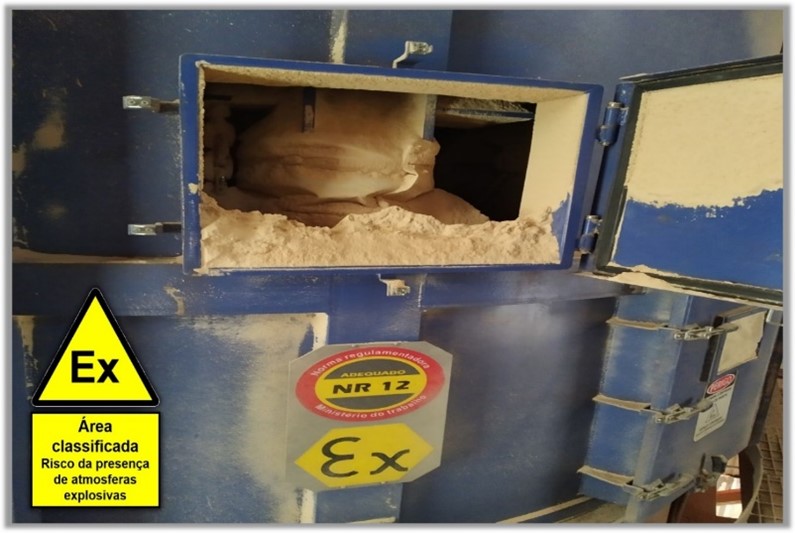
Exemplo de equipamentos com tipo de proteção Ex “t” instalado em sistema de pesagem de farelos de soja em armazém portuário contendo áreas classificadas com poeiras combustíveis
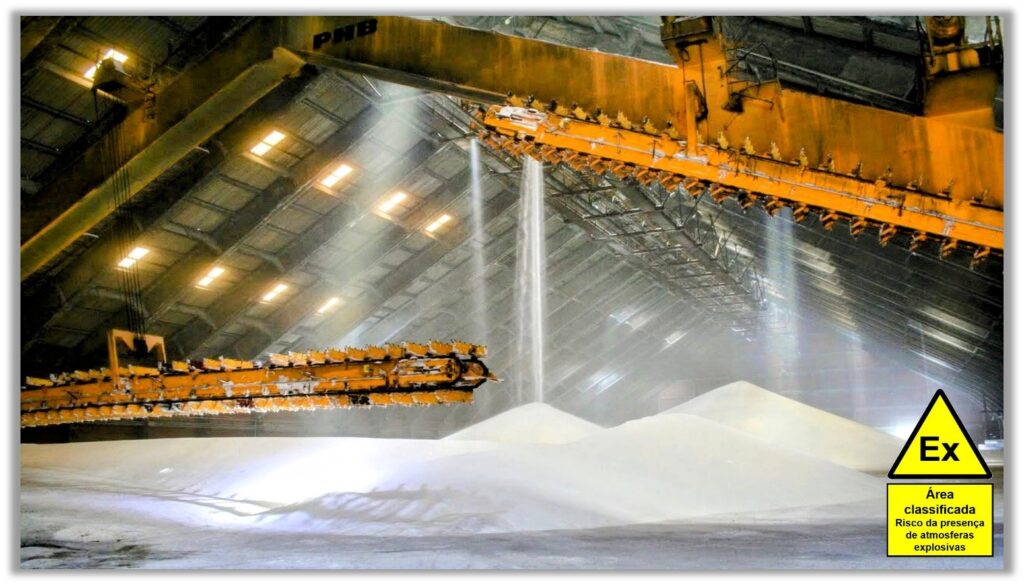
Armazém de fertilizantes com a formação de atmosferas explosivas por nuvens e camadas de poeiras combustíveis
Electrical and automation equipment with type of protection Ex “t” shall also be installed in petroleum refineries, in processing units with the presence of petroleum coke or flaked sulfur, and in nitrogen fertilizer production or storage sites.
Equipment with type of protection Ex “t” are characterized by having a minimum degree of protection (IP Code), in accordance with the Brazilian adopted Technical Standards ABNT NBR IEC 60529 (Degrees of protection provided by enclosures) or ABNT NBR IEC 60034-5 (Degrees of protection provided by the integral design ofr rotating electrical machines – IP Code classification), published by ABNT (Brazilian Association of Technical Standards)
These degrees of protection indicate that the Ex “t” electrical equipment’s enclosure has suitable O-rings, gaskets, or seals, made of materials resistant to cold and heat, so as to prevent the ingress of dust that may be present at the installation site into the interior of the enclosure, avoiding the risks of low insulation or leakage currents in electrical components.
The degree of protection to be provided by Ex “t” equipment against ingress of dust into it, such as IP55 or IP66, depends on the Combustible Dust area classification (Zone 20, Zone 21 or Zone 22) or Group (Group IIIA, Group IIIB or Group IIIC) indicated in the respective area classification documentation.
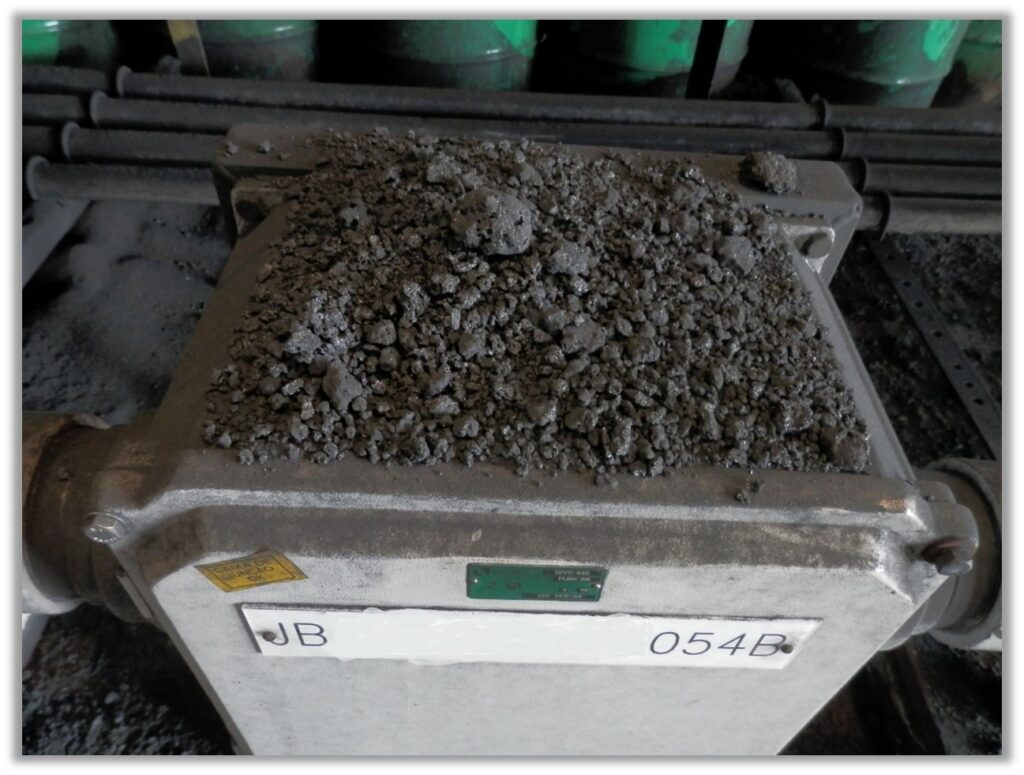
Exemplo de caixa de terminais “Ex” (Junction-Box) com tipo de proteção Ex tb IIIC T85ºC Db instalada em área classificada contendo poeiras combustíveis
Another important characteristic of Ex “t” equipment is that its maximum surface temperature limitation, so that it is lower than the ignition temperature of the combustible dust that may be present at the installation site, either in the form of a layer or in the form of a cloud.
For the presence of combustible dust in the form of a layer, the maximum surface temperature of Ex “t” equipment shall be limited to 75 ºC below the ignition temperature of the combustible dust that may be present. For cases of presence of combustible dust in form of a cloud, the maximum surface temperature of Ex “t” equipment shall be limited to 2/3 of the ignition temperature of combustible dust present at the installation site.
With regard to the level of protection provided by “Ex” equipment, referred to as the EPL (Equipment Protection Level), the “”type of protection Ex “t” is divided into three protection levels, based on the risk of the “Ex” electrical equipment becoming an undue ignition source in an explosive dust atmosphere. Equipment with Ex “t” dust ignition protection can provide the following levels of protection:
- Level of protection “ta” (EPL Da)
- Level of protection “tb” (EPL Db)
- Level of protection “tc” (EPL Dc)
Making a simplified comparison between EPL and “Ex” types of protection, for the purpose of installation in explosive atmospheres of combustible dust (Group III), in a similar way to the current and “traditional” definitions indicated in the adopted Brazilian technical standard ABNT NBR IEC 60079-14 (Electrical installations design, selection, and erection in explosive atmospheres), based on zones (without taking into consideration any additional risk assessment), one has the following selection criteria for equipment EPL with respect to the area classification.
- “Ex” equipment with EPL Da is suitable for installation in combustible dust hazardous areas Zone 20, Zone 21 and Zone 22
- “Ex” equipment with EPL Db is suitable for installation in combustible dust hazardous areas Zone 21 and Zone 22
- “Ex” equipment with EPL Dc is suitable for installation in combustible dust hazardous areas Zone 22 only
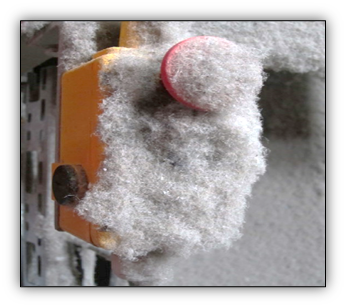
Exemplo de botoeira “Ex” para comando local com tipo de proteção Ex tb IIIC T85ºC Db instalada em área classificada contendo poeiras combustíveis
In cases of application in “Ex” LED luminaires for Group III hazardous areas, for example, the “”type of protection Ex “t” is often used in combination with the Ex “op‑is” type of protection (protection of equipment with inherently safe optical transmission), in order to ensure that the optical radiation emitted by the LEDs are of the “divergent” type and that they do not pose a risk of becoming a source of ignition. In these cases, the “Ex” LED luminaires often have an Ex op‑is tb IIIC T135ºC Db marking.
The third edition of the adopted Brazilian Technical Standard ABNT NBR IEC 60079-31: Explosive atmospheres – Part 31: Equipment dust ignition protection by enclosure “t” “”was published by ABNT on 2022/06/29.
The third edition of Brazilian adopted Standard ABNT NBR IEC 60079-31/2022 cancels and replaces the previous edition, published by ABNT in 2014.
This adopted Brazilian Standard ABNT NBR IEC 60079-31 is applicable to equipment protected by enclosures and with surface temperature limitation for use in combustible dust atmospheres. This standard specifies requirements for the design, construction, and testing of “Ex” equipment and “Ex” components. That adopted Brazilian Standard supplements and modifies the general requirements of the adopted Brazilian Technical Standard ABNT NBR IEC 60079-0 (Explosive Atmospheres – Part 0: General Requirements).
Among the most significant technical changes in Edition 2022 of adopted Brazilian Technical Standard ABNT NBR IEC 60079-31 (Ex “t”) with respect to the previous edition, published in 2014, the following can be highlighted:
- For Ex “t” equipment providing level of protection “tb” or “tc”, intended for direct connection to the mains and designed to interrupt a fault current above 10 kA, shall be duly tested and marked
- For Ex “t” equipment providing level of protection “ta” which contains a cell or battery, only sealed cells or batteries shall be used
- For “Ex “t” equipment providing level of protection “tb” or “tc” where there are sparking contacts or hot surfaces, and which contains a cell or battery, only sealed cells or batteries shall be used
- “malfunction” conditions for determining the temperature class for rotating electrical machines providing level of Includedprotection “tb” controlled by a converter
- Included new “normative” annex for cable entry devices with “”type of protection Ex “t”, including cable glands, cable entry devices, conduit sealing devices, sealing elements and threaded adapters
- The thermal tests for Ex “t” equipment were relocated to the adopted Brazilian Technical Standard ABNT NBR IEC 60079-0 (Explosive Atmospheres – Part 0: General Requirements)
More information about this new edition of the adopted Brazilian Technical Standard ABNT NBR IEC 60079-31 is available in the ABNT Catalog website:
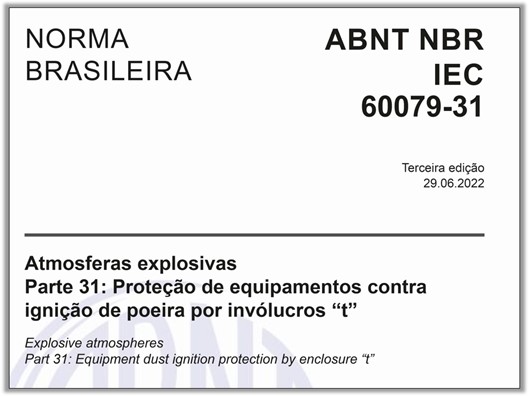

Roberval Bulgarelli
Technical Consultant on equipment and installation in explosive atmospheres
Master in Protection of Power Electric Systems
Member of Working Groups of Brazilian TC 31 Mirror Subcommittee SCB 003:031 (Explosive Atmospheres) of ABNT/CB-003 (Electricity)
Member of Working Groups TC 31 (Equipment for explosive atmospheres), TC 95 (Protective Relays) and IECEx (International “Ex” Certification Systems) of IEC
Organizer of the book “The total life cycle of installations in explosive atmospheres”
